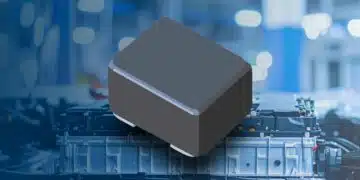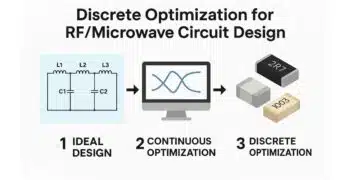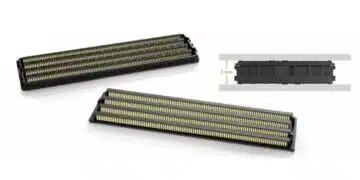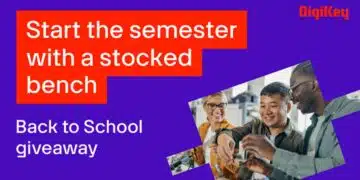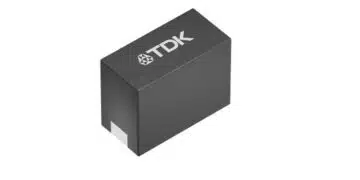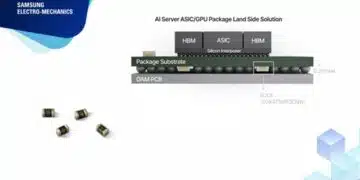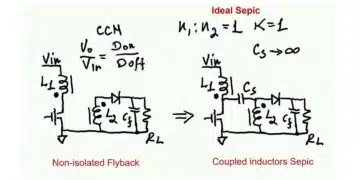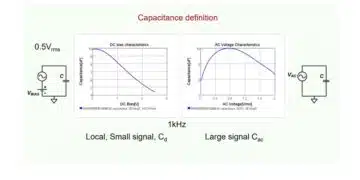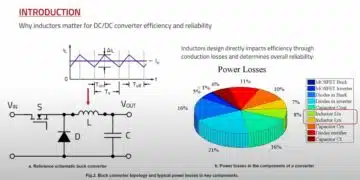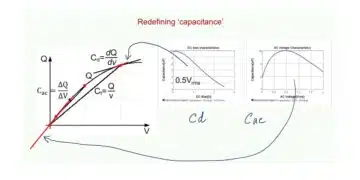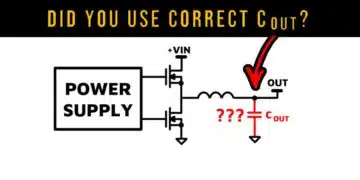The European Passive Components Industry Association (EPCIA) is excited to announce the 2025 edition of EPCIA Student Award, designed to support talented students in the field of passive electronic components.
The EPCIA Student Award grants all students – graduate and PhD candidates – the possibility to present their work also at the prestigious upcoming 5th Passive Components Networking Symposium (PCNS), taking place from September 9-12, 2025, in Seville, Spain.
With the aim of fostering innovation and engagement within the passive components industry, the EPCIA Student Award seeks to support the next generation of engineers and researchers. The Award grants one time €5,000 price money for the best PhD thesis and €1,000 for the best thesis or paper written by students. Winners will get the chance to present their research, network with industry leaders, and gain invaluable insights into the latest advancements in passive electronic components.
“Inviting students to participate in events like PCNS 2025 is vital for future leaders and innovators in our industry,” said Dr. Marcus Dietrich, Secretary of the European Passive Components Industry Association (EPCIA). “The EPCIA Student Award not only provides financial support but also encourages students to engage with the broader community, share their research and gain exposure to cutting-edge developments.”
The PCNS 2025 conference serves as a dedicated platform for discussing advances in passive components, including capacitors, resistors, inductors, and more. It brings together academics, industry professionals, and researchers from around the world to exchange knowledge and foster collaboration.
Students interested in applying for the EPCIA Student Award are encouraged to visit the official EPCIA website EPCIA Student Award [eusemiconductors.eu] and the PCNS website at www.pcns.events [pcns.events] for application details and deadlines. The award is part of EPCIA’s ongoing commitment to support education and innovation within the passive components sector.
About EPCIA:
The European Passive Components Industry Association (EPCIA) is dedicated to promoting the interests and growth of the passive components industry in Europe. EPCIA provides a platform for collaboration, education, and advocacy, aiming to drive innovation and excellence across the sector.
About PCNS:
The Passive Components Networking Symposium (PCNS) is a bi-annual international event that focuses solely on passive electronic components. It serves as a hub for learning, networking, and showcasing the latest technological advancements in the industry.


